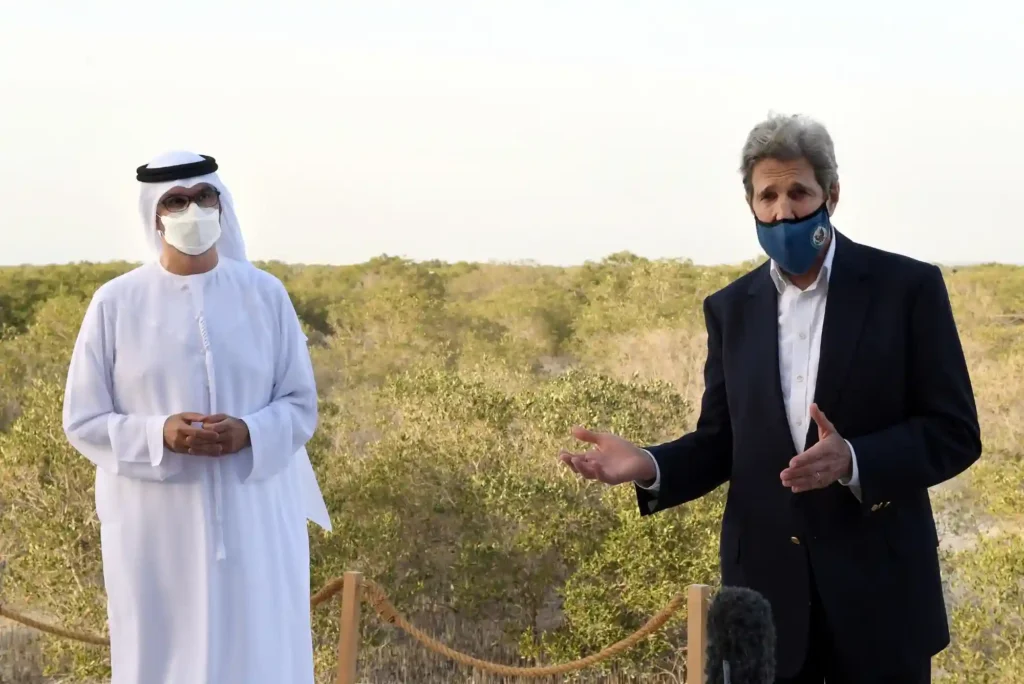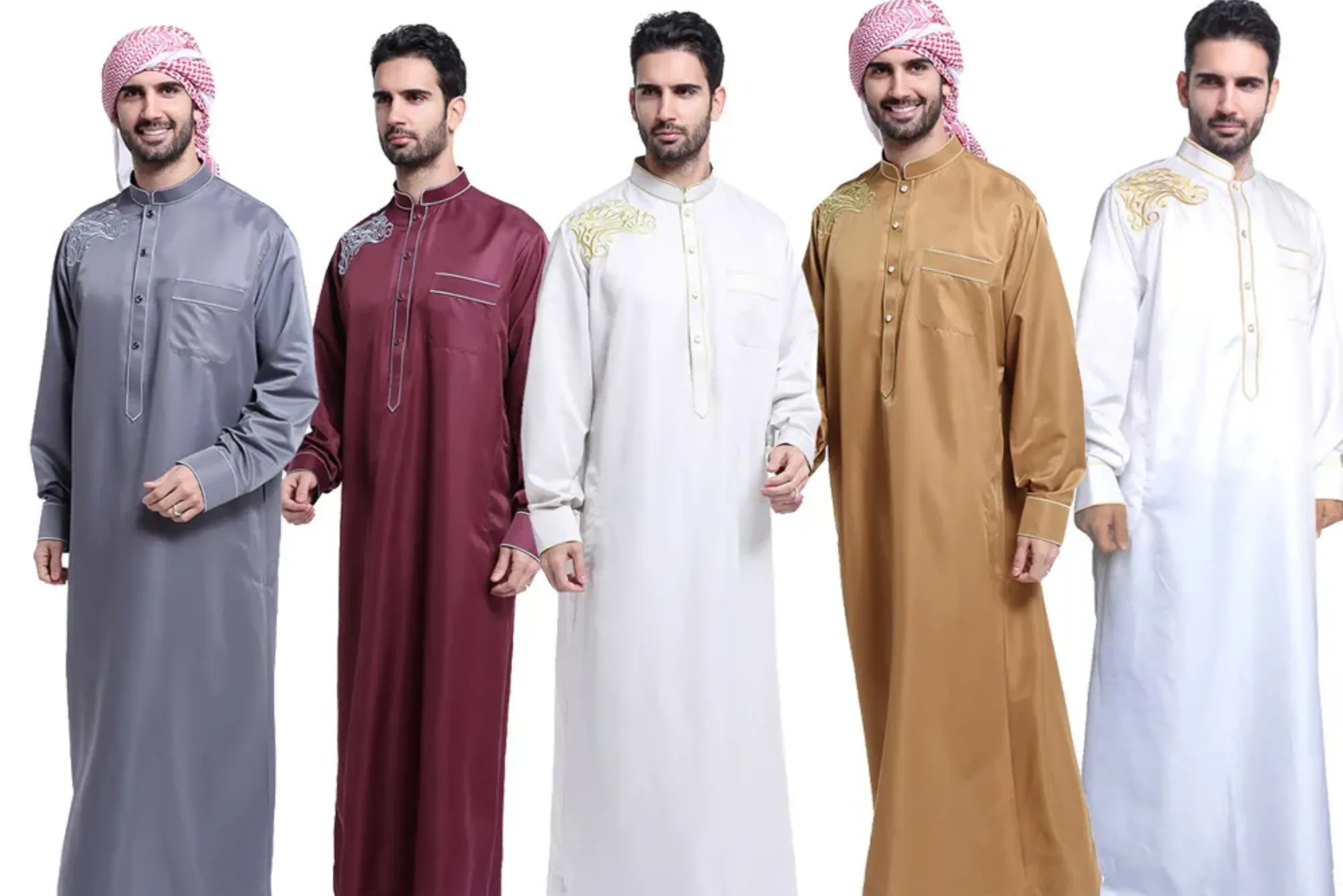Arab culture is deeply rooted in tradition, with clothing playing a significant role in both social norms and practical needs. The clothing worn by Arabs has evolved over centuries, but the climate of the region has always been a dominant factor in shaping these styles. From the hot, arid desert landscapes to the humid coasts, the weather influences the materials, cuts, and overall functionality of what people wear. This article delves into how the diverse climates of the Arab world have influenced the clothing of Arab people, from the traditional robes to contemporary fashion trends.
Climate and Its Impact on Arab Clothing
The Arab world spans a vast geographical area, encompassing deserts, mountains, coastal regions, and more. This diversity of climates has led to varying clothing traditions that are tailored to different environmental conditions. Understanding how weather influences Arab clothing involves looking at the key elements of the clothing that are specifically designed to protect and adapt to the local climate.

The Desert and Arid Regions
In the desert regions of the Arabian Peninsula, where temperatures can soar above 40°C (104°F) during summer days, clothing is designed to protect the body from the harsh sun while allowing air circulation. The traditional long, loose-fitting robes, known as thobes or dishdashas, are a common sight in these areas. Made from lightweight fabrics such as cotton, linen, or light wool, these robes are designed to cover most of the body, protecting the skin from direct exposure to the sun’s rays.
The keffiyeh or ghutra is also a staple in many Arab countries. This head covering, typically made from cotton or a similar breathable fabric, is worn to shield the head and face from the sun, dust, and wind. The keffiyeh also serves a practical function, keeping the face cool by providing shade and offering a layer of protection against the intense heat.
Despite being long and flowing, these clothes are surprisingly breathable, and the loose fit allows air to circulate, helping to keep the body cool. Additionally, lighter fabrics reflect the heat, while darker shades can help to keep the body cool by preventing the absorption of sunlight.
Coastal and Humid Regions
Arab countries with coastal areas, such as those bordering the Mediterranean Sea, the Red Sea, and the Arabian Gulf, experience a different set of climate conditions. In these regions, the weather tends to be hot but also humid, which can be uncomfortable for those wearing heavy or thick fabrics. To combat this, many Arab people in coastal areas wear clothing that is both light and breathable yet still provides protection from the sun.
Here, traditional clothing such as jalabiyas (loose robes) are commonly worn. In addition to their lightness, these garments are designed to be simple and practical. In some parts of the coastal Arab world, people wear more casual clothing like t-shirts and lightweight pants, opting for more modern, comfortable attire to deal with the humid environment.
The abaya, a long cloak worn by women, is also adapted to suit these climates. While still providing ample coverage, the abaya is often made of lighter fabrics like chiffon or cotton blends to ensure comfort during the summer months.
Mountain and Cooler Regions
In contrast to the desert and coastal areas, regions with cooler mountain climates—such as parts of Lebanon, Syria, and Jordan—require clothing that offers more warmth. In these areas, the weather can be unpredictable, with cold winters, chilly evenings, and significant rainfall during certain seasons. As a result, heavier clothing is often worn, especially in the colder months.
Traditional clothing in these areas includes woolen cloaks, long-sleeved shirts, and heavier fabrics like wool and thick cotton. People in cooler regions may wear layered clothing to regulate their body temperature, ensuring they stay warm during chilly mornings and evenings. The attire in these areas is not only practical but often incorporates intricate designs, representing the rich cultural heritage of these mountain communities.
Adapting to Modern Weather Trends
As global fashion continues to influence the Arab world, many modern Arab citizens are blending traditional attire with contemporary clothing styles. In cities like Dubai, Riyadh, Cairo, and Beirut, it’s common to see a mix of traditional garments, such as thobes and abayas, alongside modern, international fashion trends.
In urban areas, it is common for people to wear lighter fabrics during the summer, especially due to the increased use of air conditioning. Materials such as cotton, linen, and high-performance synthetics are increasingly being used to create clothing that adapts to the changing weather patterns.
In winter, when temperatures can drop, especially in higher altitudes, heavier fabrics such as wool are still popular, often seen in the form of coats and jackets. Accessories such as scarves, gloves, and hats are also common in cooler weather.
Weather and Fabric Choices: A Table Overview
| Climate Region | Typical Clothing | Fabric Choices | Functionality |
|---|---|---|---|
| Desert Regions | Thobes, Keffiyeh, Dishdashas | Cotton, Linen, Light Wool | Breathable, lightweight, sun protection |
| Coastal & Humid Regions | Jalabiyas, Abayas, Casual Modern Clothing | Cotton Blends, Chiffon, Lightweight Fabrics | Cool, airy, and moisture-wicking |
| Mountain & Cooler Areas | Woolen Cloaks, Long-Sleeved Shirts | Wool, Heavy Cotton, Layered Fabrics | Insulation, warmth, layered clothing for temperature control |
| Urban/Modern Areas | Blend of Traditional and Western Attire | Cotton, Linen, Performance Fabrics | Adaptable for both traditional and contemporary styles |
Impact of Weather on Arab Fashion Today
Today, while traditional attire remains prominent in many parts of the Arab world, modern fashion has become more ubiquitous, particularly in larger cities and urban areas. The influence of global fashion trends is evident, but the climate continues to dictate the practicality of clothing choices. Lightweight fabrics are preferred in hot weather, while heavier garments are adopted in colder seasons.
Furthermore, the rise of sustainable and technical fabrics has also led to new trends. People are now opting for fabrics that regulate body temperature, wick away moisture, and offer UV protection. This shift is particularly noticeable in the fashion-conscious cities of the Gulf, where the weather is consistently hot, but modern fashion expectations require stylish yet functional clothing.
Frequently Asked Questions (FAQs)
1. Why is traditional Arab clothing loose and flowing? Traditional Arab clothing is designed to keep the body cool and comfortable in hot climates. Loose-fitting robes and garments allow air circulation, preventing sweat buildup and overheating.
2. What fabrics are most commonly used in Arab clothing? Cotton, linen, and lightweight wool are commonly used in Arab clothing, especially in hot and arid climates. For colder regions, heavier fabrics such as wool are used to retain warmth.
3. How does Arab clothing adapt to the humid coastal weather? In humid coastal regions, Arab clothing tends to be lighter and more breathable, with materials like cotton blends, chiffon, and lightweight synthetics used to manage moisture and heat.
4. What types of clothing do Arabs wear in winter? In cooler climates, Arabs wear heavier clothing such as woolen cloaks, long-sleeved shirts, and jackets to keep warm during the colder months.
5. Are modern fabrics used in traditional Arab clothing? Yes, modern fabrics like performance materials and moisture-wicking fabrics are now incorporated into both traditional and modern Arab clothing to improve comfort and adapt to changing weather patterns.
Arab clothing is not only a reflection of cultural traditions but also a practical response to the varying climates across the Arab world. The choice of fabrics, cuts, and styles is intricately tied to the local weather, offering protection from the elements while ensuring comfort. As the region continues to embrace global fashion trends, the interplay between tradition and modernity creates a unique sartorial blend that respects the past while adapting to the future. Whether in the desert, by the coast, or in the mountains, the clothing of the Arab people remains a vital part of their identity and way of life.







